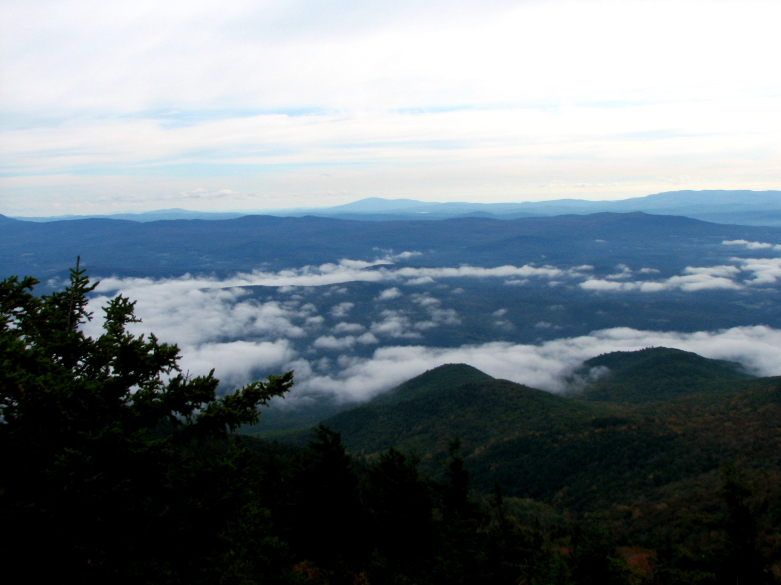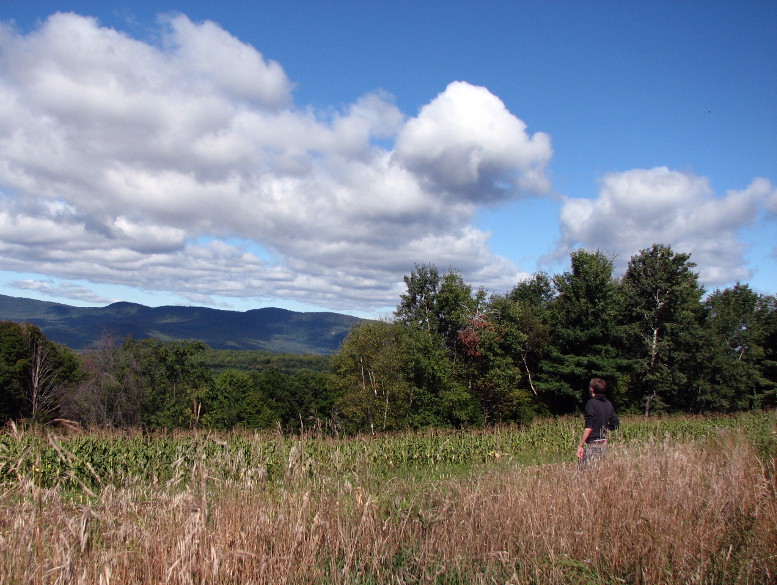This week's assignment had us make molds and create casts from them.
There were serveral available to use for the molds and the casted products. Solid molds could be made from waxes (high and low melting points) and foamboard, and flexible molds could be created by pouring oomoo into a solid mold, creating a flexible negative from which it would be easier to extract cast products.
Casting materials included drystone and hydrostone, as well as a bismuth-tin eutectic alloy (with a 280F melting point, making it relatively safe to work with), or any other materials we might choose to purchase.
There are numerous techniques which could be used to create the molds and casts, but this week the emphasis was on learning how to manage 3D tool paths, and so we were encouraged to mill our molds and then cast a flexible oomoo negative. The negative could then be used to cast a positive final product.
Two other available methods involved using low-melting point waxes. In one case an object could be 3D printed from the wax, creating a positive that could be molded in oomoo and then melted away (creating a single, hollowed out oomoo mold. The mold would need to be destroyed to extract the cast product). Another method involved creating a negative of the final product by submerging an object (or body part, perhaps) in the liquid wax, letting it solidify, and then casting directly into the wax solid (though for larger objects the temperature of the curing hydrostone/drystone could melt the wax).

